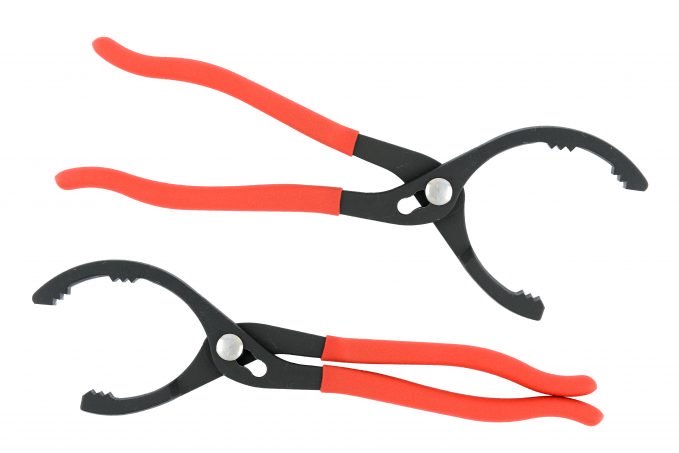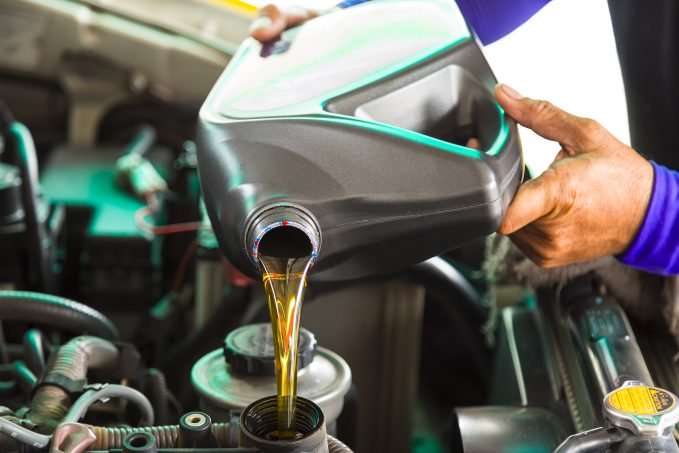Alright, so social distancing in is full swing and you are doing your part to help the world recover from this crisis. Just before this all went down though, you were scheduled in for an oil change. And that is driving you a little crazy, because you love your car. Every drive you take, no matter how short, you’re worried about damaging the engine since you couldn’t change the engine oil.
But don’t worry, we have you covered. Changing your car’s engine oil is far from a daunting task. It is quite simple and doesn’t take too long either. You do need to be careful and follow a procedure though—mostly to avoid making a mess.
Before you begin, however, you will need to check which engine oil the manufacturer recommends. The information is usually given in the owner’s manual. If you already have the recommended engine oil, let’s begin.
Tools required

Changing the engine oil is one of simplest processes when it comes to working on cars. If you want to start working on cars, changing the oil yourself is a good place to start.
You will need an oil pan, a socket wrench, latex gloves and a filter wrench. Though in some cases you can remove the filter by hand or by other hacks, we highly recommend you invest in the right tool. As for the socket wrench, the ⅜-inch is the most common size for the drain plug, though sizes can run between ¼-inch and ¾-inch.
Also, make sure you have the right oil filter for your car. The spin-on type is the most common oil filter. Plus, the location of the oil filter is given in the owner’s manual.
The Procedure

There are two ways to go about changing the engine oil: the warm method and the cool method. The warm method is the more recommended one. You drive your car around the block a couple of times until the engine reaches the optimal temperature. Then park it on a level surface and let it cool for 10 to 15 minutes. This method thins the oil down so the flow is more uniform and the oil also gathers up all the minute impurities and debris them might be in the engine at the time.
SEE ALSO: How to Wax Your Car: A Breakdown
The cool method is the one we recommend and is especially useful for old cars. It also beneficial as the car is not driven there is no leftover pressure between the filter and the sump so the flow is more controllable. And if it’s an old car, it is a great way to check for coolant leaks as well.

First, start off by parking your car on level ground. The sump is always tilted towards the drain plug to aid oil removal so you don’t need to place the car on a jack. Next, place the oil pan underneath the drain plug. Make sure it is slightly off-center.
Undo the drain plug. If you are doing the cool method, get a small glass jar and let the initial oil drain into the jar. That way you can test if the coolant is leaking into the engine. The anti-freeze and water are typically heavier than oil and will settle at the drain plug and will drain out first.
Next, let the oil drain and get yourself a cup of coffee.
By the time you’re done with your coffee, the oil should’ve drained completely. The next step is to remove the oil filter.
Make sure you have ample grip and the wrench is snug before you turn it anti-clockwise to loosen the air filter. The oil will splash out so be prepared. And if you used the warm-up method, then the splash could be a bit more aggressive compared to the cold method.
Next, oil the seal of the new filter liberally with the new oil before screwing it back in. After the oil filter is in give it just a ¾ twist to tighten it. Do not over-tighten so you can easily remove it during the next oil change. Screw the drain plug back as well and follow the same procedure as the oil filter.
Now the final step, adding the oil into the engine. Pour about half in to the engine and then switch the car on for about five minutes. This helps the oil spread around and avoid overflow. Next pour in the rest, close the oil filler cap and you’re done.
Finally, it is advisable that you drive the car for about 10 minutes before letting it rest for the rest of the day. Have fun.



Leave a Reply